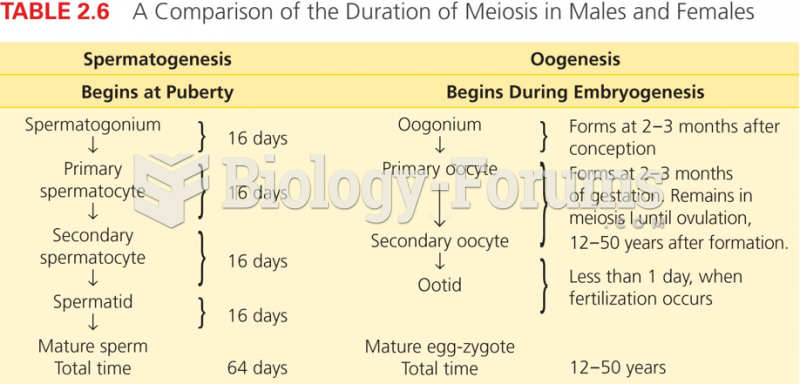Answer to Question 1
a . Self-presentation in new or unfamiliar relationships
i. Self-presentation with new acquaintances is generally geared to present oneself in the best possible light.
ii. The best possible light can often be achieved by conforming to the new friend's expectations or values. When this does not occur, it may be that the person self-presenting has another motive: to claim an identity through the interaction (as occurs when someone argues a point they strongly believe in that their new friend does not believe).
iii. Another qualifier on self-presentation with acquaintances is that one must take care not to present in such a favorable light that one exceeds the bounds of plausibility.
b. Self-presentation in old or familiar relationships
i. The general goal of self-presentation (to be seen in the best possible light) remains in this situation. However, the strategies for appearing in that light differ because of the nature of the relationship.
ii. One major difference is that amongst good friends, self-presentation is far more modest than in acquaintances' interactions. This may be because modesty helps people get along well, and thus supports the duration of the friendship.
iii. Modesty may also characterize self-presentation amongst people who know each other well because these relationships have more limits on what is plausible in terms of how people can present themselves. If you know someone well, you are more aware of their true limits and capabilities, and stretching the truth plausibly becomes more difficult.
Answer to Question 2
a) Instinct theories (e.g., Freudian theory): Little empirical support for the idea that people have a constant drive for aggression, although there is good reason to believe that people are hardwired to behave aggressively when frustrated or provoked
b) Social learning theories (e.g., Bandura's formulation): Good empirical support (e.g., Bobo doll research, research on violent media and aggression); both children and adults seem to show increases in aggressive behavior when exposed to aggressive models







